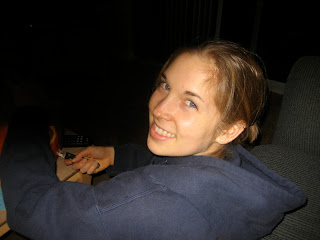Montmartre
My last day in Paris I decided to walk all the way across the city to Montmartre, the distant and distinct little bohemian enclave of Paris. It was raining slightly but I plodded along for over an hour, refusing to catch a metro so that I could watch one neighborhood blend into the next, the cityscape changing with each arrondissement. Montmartre is something special, though, high up on its hilltop, the only place in Paris where a vineyard still thrives and you can find silence broken only by birds’ chirping. It’s dense with the histories of Renoir, Eric Satie, and Edith Piaf to name a few, plus the famous Moulin Rouge nightclub. The tourists, thankfully, cluster at the tip-top of the hill around Sacre Coeur Basilica and the most stunning view of the city, but what amazed me most is that aside from that spot, Montmartre retains a peaceful detachment from the rest of Paris.
I immediately entertained fantasies of living in this little oasis like the heroine in the movie Amélie. The full French title of the film, which I count among my all-time favorites is Le Fabuleux Destin de Amélie Poulain and how could you not have a fabulous destiny in Montmartre?! For all who have not seen it, well, see it, ok? She is a quirky, shy waitress with a clever and eccentric style of generosity and a will to help those around her. It’s a beautiful story and I was thrilled to find the actual café where a great deal of the movie took place, Café Deux Moulins. Other than a large poster of the film’s main character, the café did nothing to tout its fame; a down-to-earth, chill spot, it was probably the most comfortable one I’d found in Paris yet. The tables were intimately close, yet the diners pleasantly aloof, everyone seemingly lost in their own little pools of contentment. The waiter danced over with my espresso, w inked, and was gone, and I was overcome with the impulse to be part of this place. I visited the bathroom upon paying my bill (you must see the movie to get the hilarity of that) and floated out the door with the conviction that I would return. Someday. As a Parisian.


